Embarking on a road cycling adventure requires more than just a great bike; it demands the right set of accessories to enhance your experience, safety, and comfort. Whether you’re a beginner or an experienced roadie, certain gear items are indispensable. In this comprehensive guide, we’ll explore the essential accessories every road cyclist should have, including a few optional extras that can make your cycling journey even more enjoyable.
Helmet
First things first: safety first! A good helmet can save your life and is the one accessory you should never ride without.
More than that, it is the distinguishing mark of any serious road cyclist.
Reputable brands like Giro, MET, POC and Specialized are known for their rigorous testing and innovation in helmet design. A good helmet should fit snugly without being overly tight, have ample ventilation to keep you cool, and should not move when you shake your head. Opt for models with enhanced features like MIPS (Multi-directional Impact Protection System) for added safety against rotational forces during a crash.
It is important that the helmet fits your head size and shape. Make sure that the strap fits snugly around your ears and that your sunglasses do not touch the front edge of the helmet.
Not every helmet will fit you equally well. It’s best to try out a few helmet brands before you decide.
Recommended:
Rookie:
Advanced:
Elite:
Affiliate-Links
Water Bottle & Bottle Cage
Staying hydrated is crucial, especially on long rides. For road cyclists, selecting a water bottle and bottle cage involves considering durability, weight and ease of access.
Bottle
Most water bottles are typically made from BPA-free plastic. These make drinking easier as they can be emptied by squeezing them. This is not possible with stainless steel or aluminium models. There are also some manufacturers who offer thermo bottles, which can be particularly helpful in winter to keep tea warm during the ride.
Look for bottles that can be opened safely and easily with your teeth thanks to a rubberised cap. If you’re looking for a bottle for gravel adventures, it might make sense to choose a model that also has a protective cap over the valve to protect it against dirt splashes.
Bottle Capacity
The capacity of your bottle and whether you need two or just one bottle on your bike depends on the duration of your tour. Standard sizes have a capacity of 550-650ml. Larger capacities of 800-1000ml are also available, but may overload some bottle cages
Bottle Cage
Recommended:
Affiliate-Links
Cycling Sunglasses
Recommended:
Rookie:
Advanced:
Elite:
Affiliate-Links
Bib Shorts
Recommended:
Rookie:
Advanced:
Elite:
Affiliate-Links
Jersey
Recommended:
Rookie:
Advanced:
Elite:
Affiliate-Links
Clipless Pedals & Shoes
Recommended:
Rookie:
Advanced:
Elite:
Affiliate-Links
Cycling Socks
Recommended:
Affiliate-Links
Air Pump
Recommended:
Rookie:
Advanced:
Battery-Electric:
Affiliate-Links
Lights
Essential for early morning or late evening rides, lights improve visibility and safety.
Recommended:
Affiliate-Links
Multitool
Recommended:
Affiliate-Links
Additional Tools
For at-home maintenance and more detailed repairs, road cyclists should consider having a more comprehensive set of tools beyond what they carry on rides. Here are essential tools to keep in your home workshop:
Torque Wrench: Used to apply a specific amount of torque to fasteners, ensuring components are tightened according to manufacturer specifications. This prevents over-tightening and damage to lightweight bicycle components.
Chain Tool: While a basic version might be part of a multitool for rides, a more robust chain tool at home can help with breaking and rejoining bike chains, especially when replacing chains or doing major drivetrain repairs.
Cable Cutters: These are designed to cut bike cables cleanly without fraying. Sharp, dedicated cable cutters are essential for replacing brake and shift cables.
Bottom Bracket Tools: Depending on your bike’s bottom bracket type, you might need specific tools such as a bottom bracket wrench or a press-fit tool to remove or install bottom brackets without damaging your bike.
Spoke Wrench: A spoke wrench is necessary for truing wheels (adjusting the tension of the wheel spokes to keep the wheel straight).
Investing in these tools can significantly enhance your ability to maintain and repair your bike efficiently, ensuring that it performs well and lasts longer.
Recommended:
Affiliate-Links
Maintenance & Cleaning Supplies
Proper maintenance and cleaning are vital for the performance and longevity of your road bike. Here’s a rundown of essential maintenance and cleaning supplies every road cyclist should consider:
Degreaser: A good degreaser is crucial for removing old oil and grime from your chain and drivetrain components. Look for a biodegradable formula that is effective yet gentle on your bike’s parts.
Chain Lubricant: After cleaning, applying a high-quality chain lubricant is essential. Choose a lubricant suitable for the conditions in which you typically ride. For example, wet lubes are best for rainy or muddy conditions, while dry lubes are ideal for dry and dusty environments.
Bike Cleaning Brushes: A set of brushes in various sizes will help you reach all parts of your bike, from the frame to the drivetrain and components. Soft brushes are great for delicate areas, while stiffer brushes can handle tougher grime on tires and chains.
Cleaner: Use a cleaner specifically designed for bikes. These are formulated to effectively clean without damaging the frame or components. Avoid harsh household cleaners which can strip protective coatings from your bike.
Microfiber Cloths: For drying and polishing your bike, microfiber cloths are excellent as they are gentle and highly absorbent.
Bike Polish: Applying a bike polish not only makes your bike look great but can also protect the frame from dirt and moisture. Some polishes include UV protection to prevent fading.
Recommended:
Wash:
Protect:
Degrease:
Lube:
Affiliate-Links
Cycling Computer
Recommended:
Rookie:
Advanced:
Elite:
Affiliate-Links
Sensors (Speed, Cadence, Heart Rate)
Recommended:
Speed:
Cadence:
Heart Rate:
Affiliate-Links
Bike Holder
Recommended:
Affiliate-Links

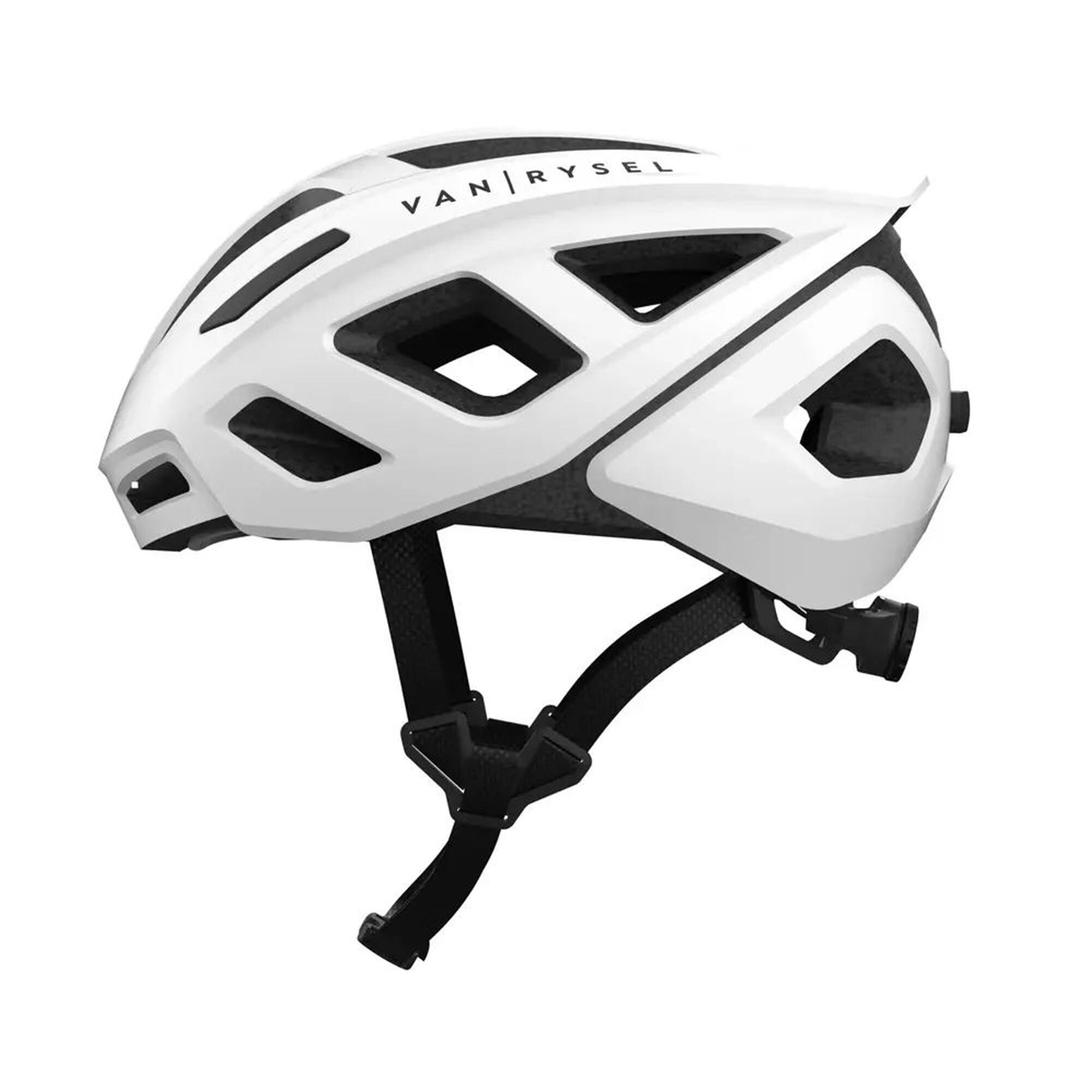


)

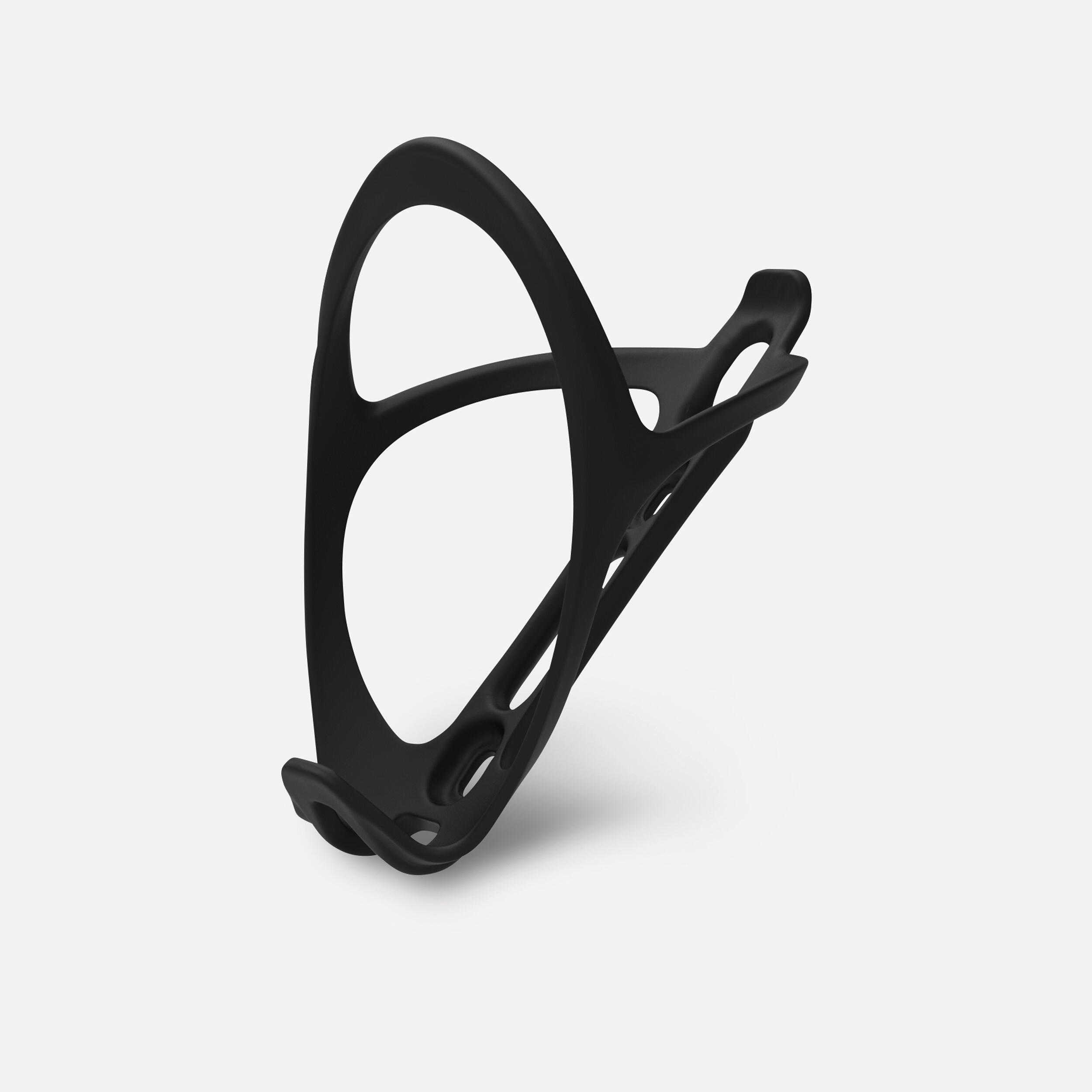
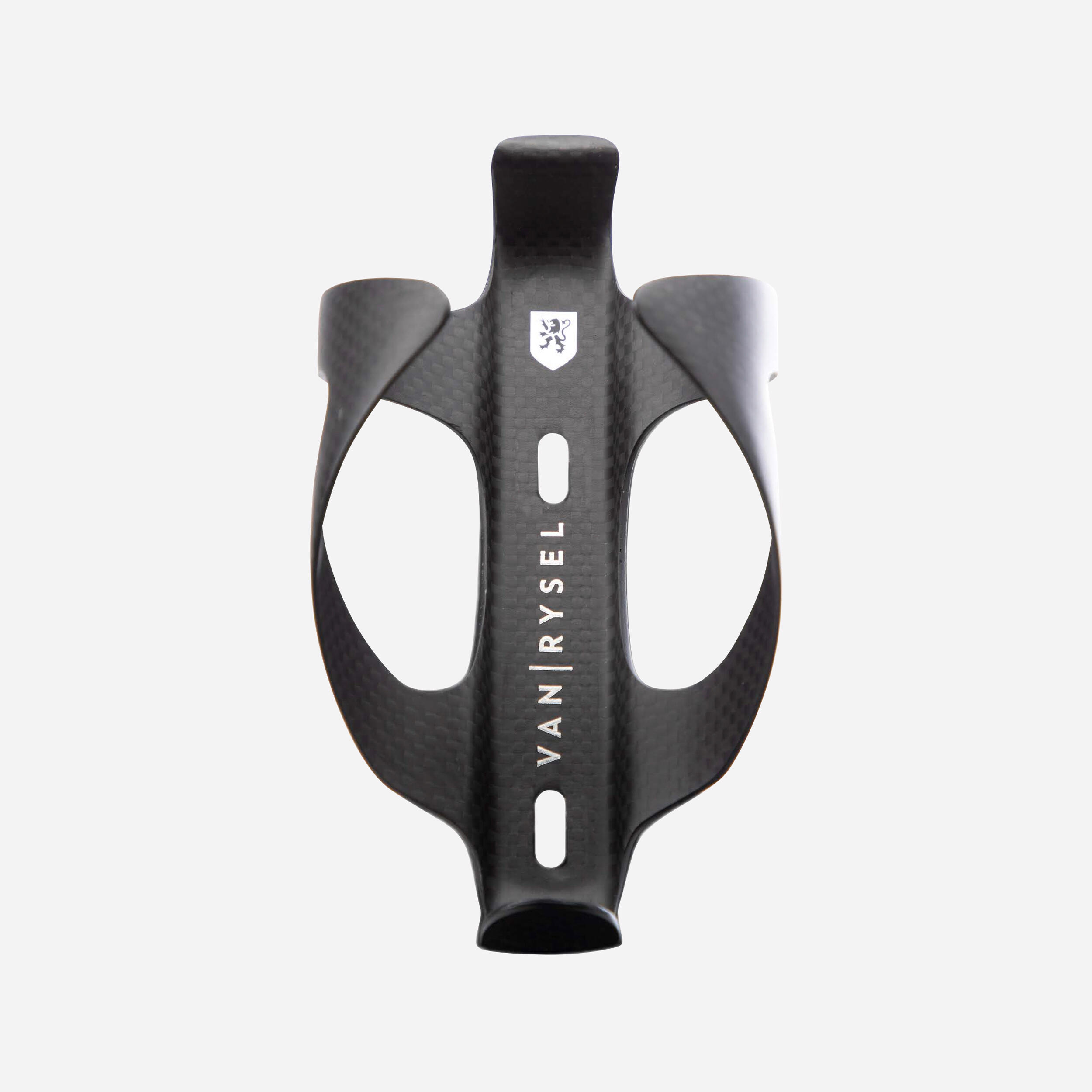
)
)
)
)
)
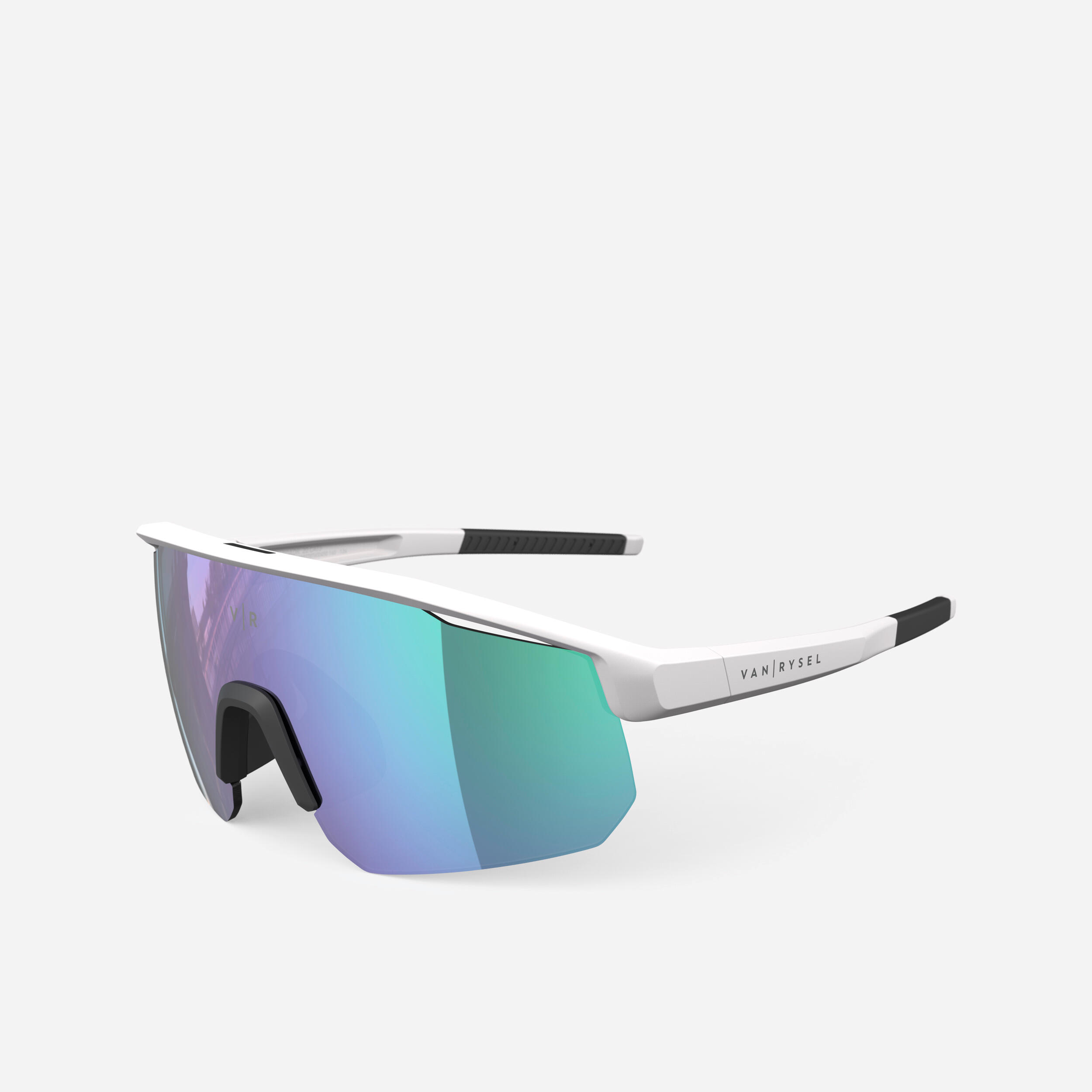
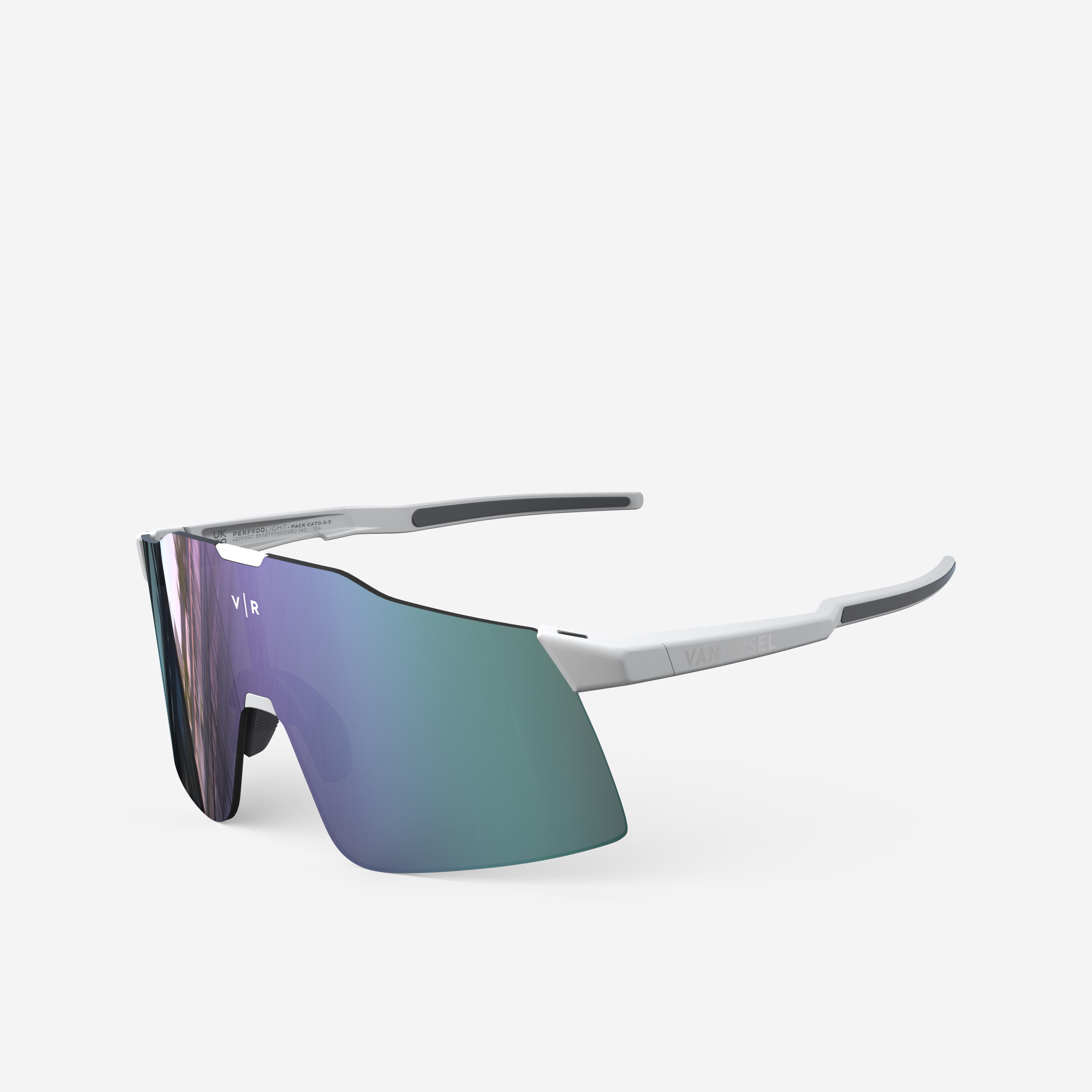
)
)
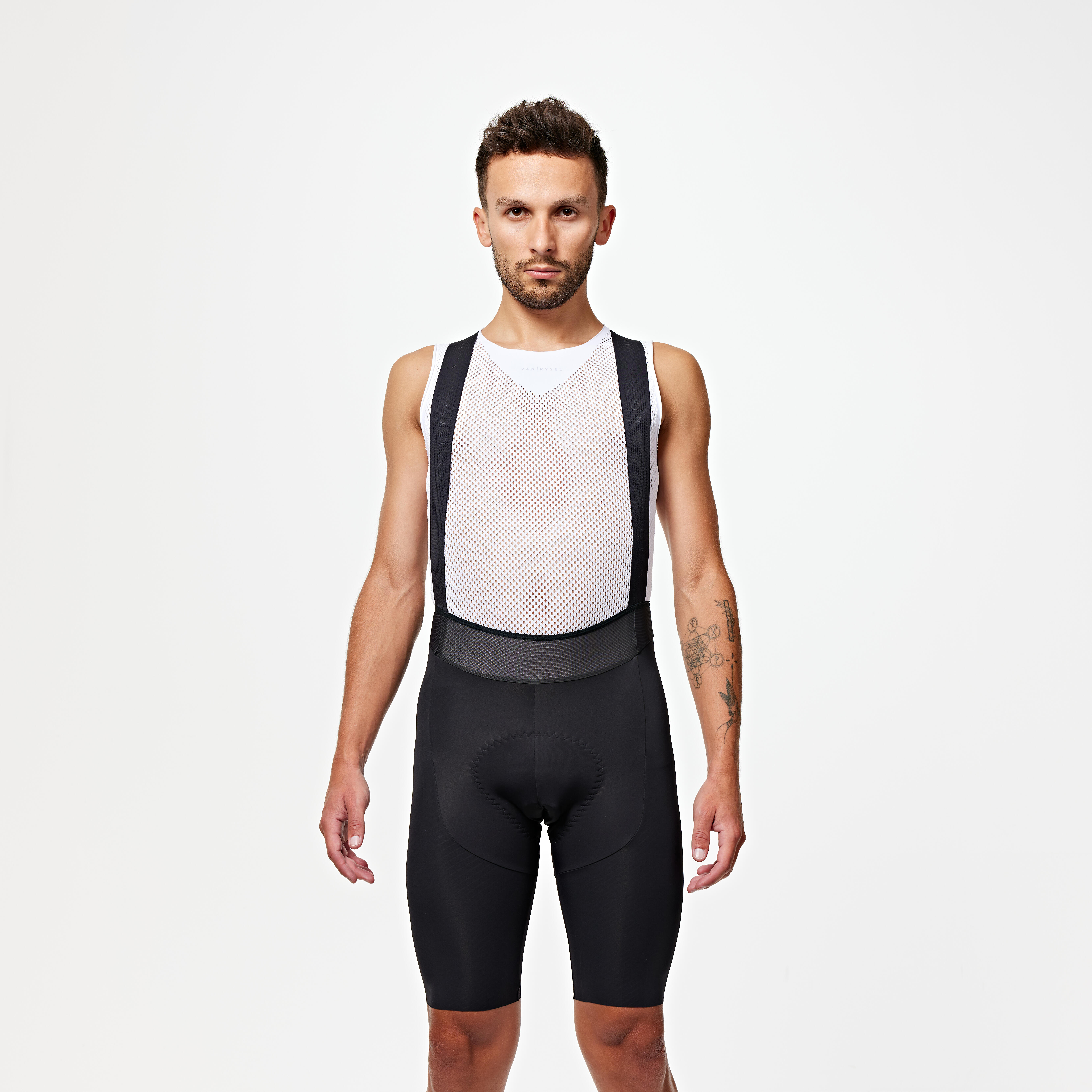
)
)
)

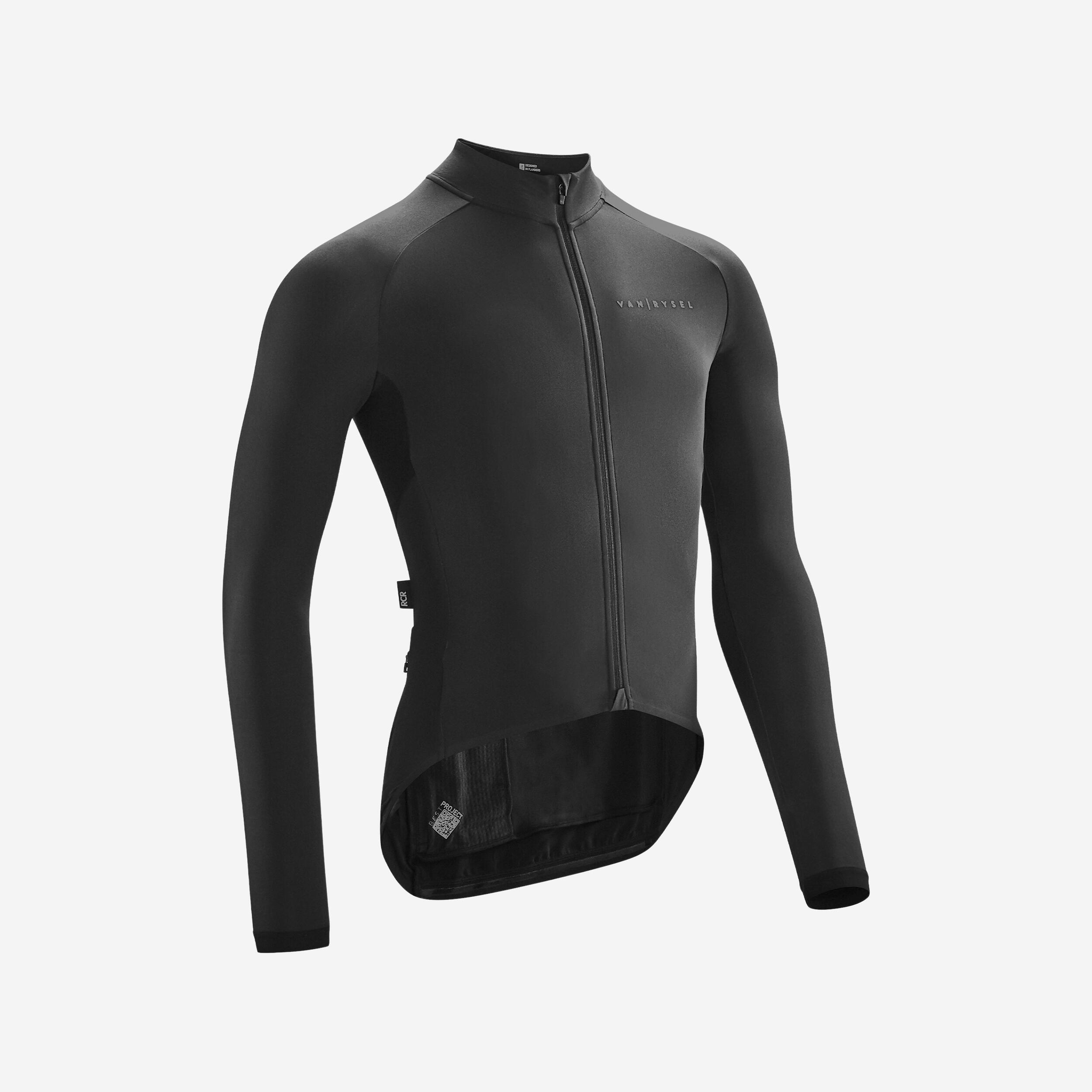
)
)
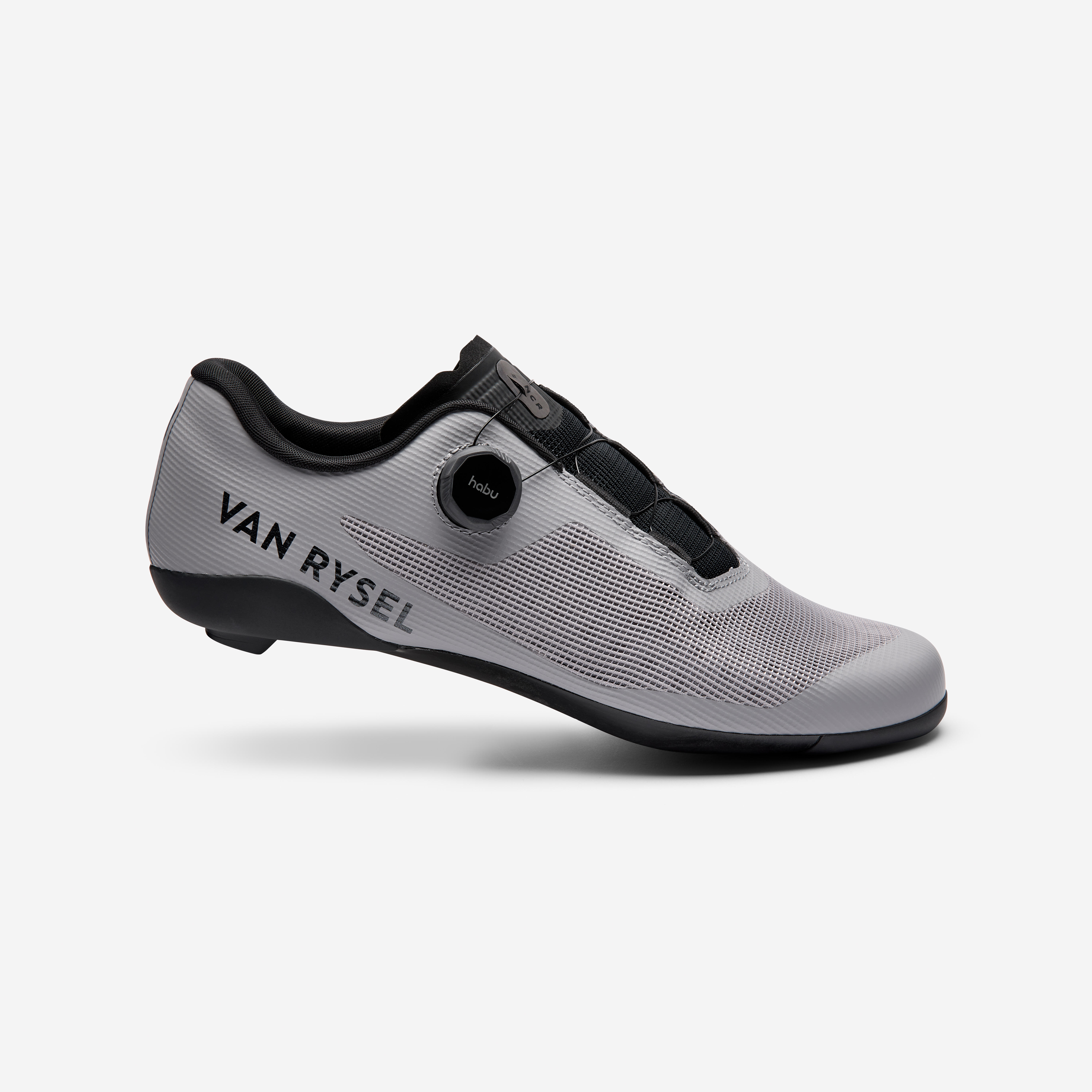
)
)
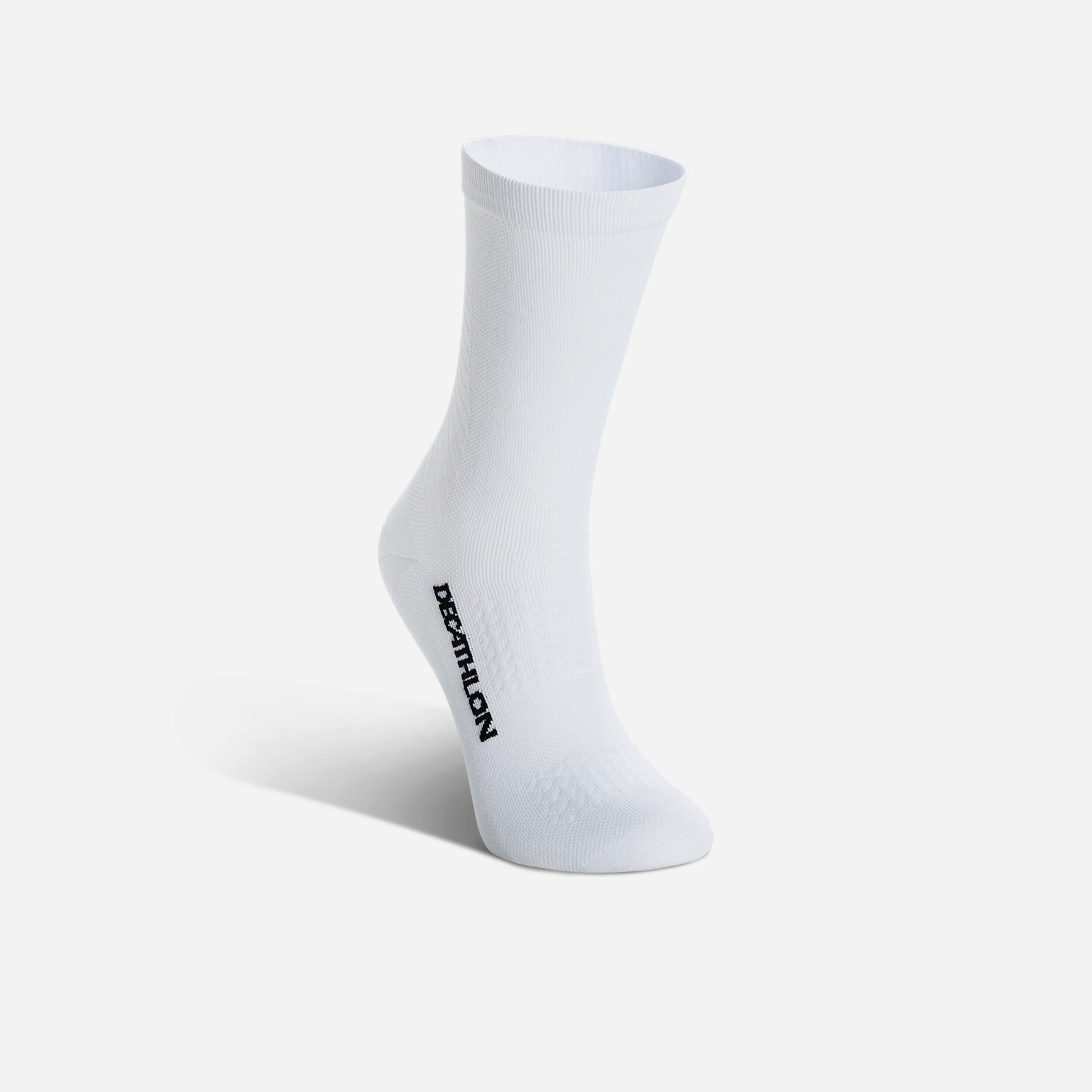
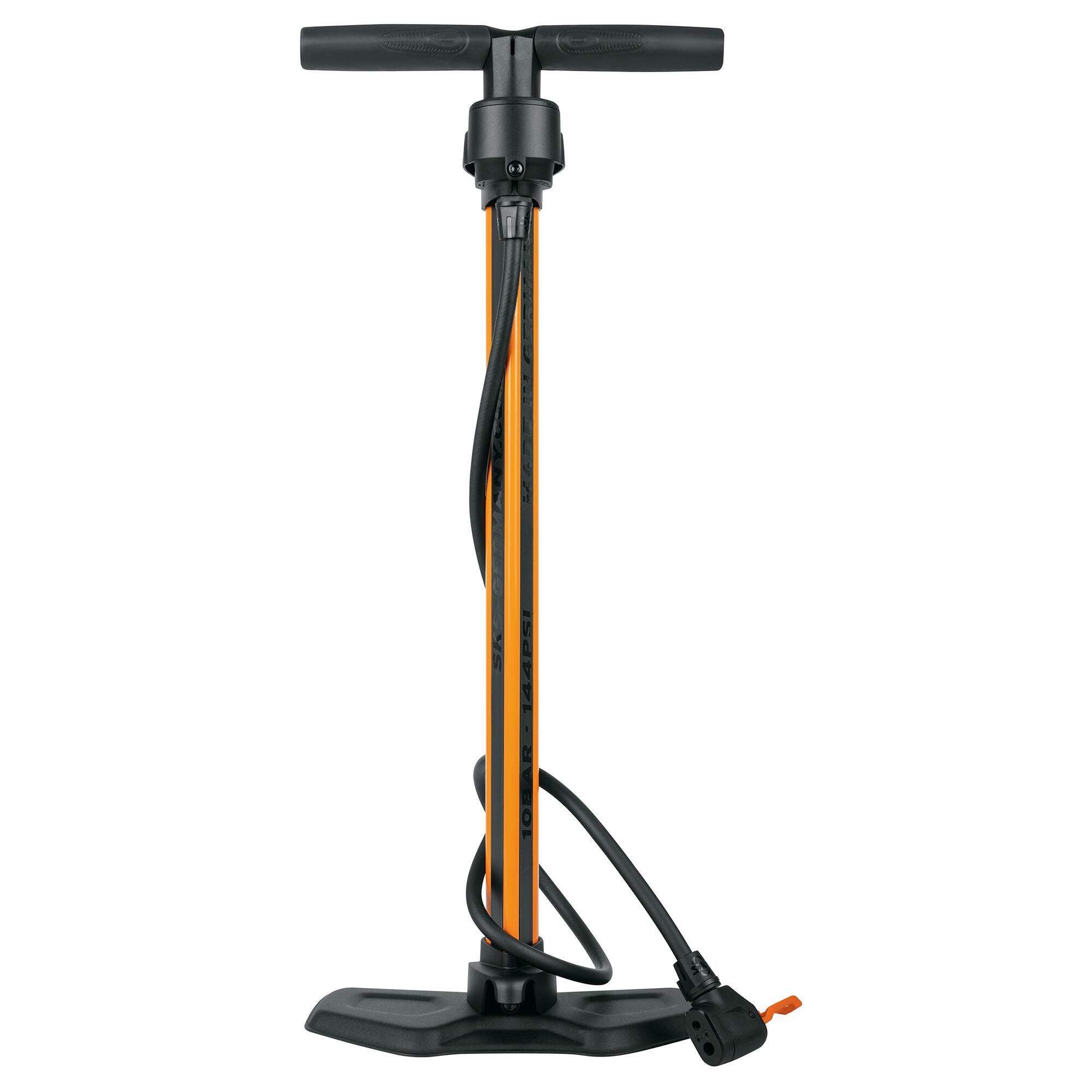
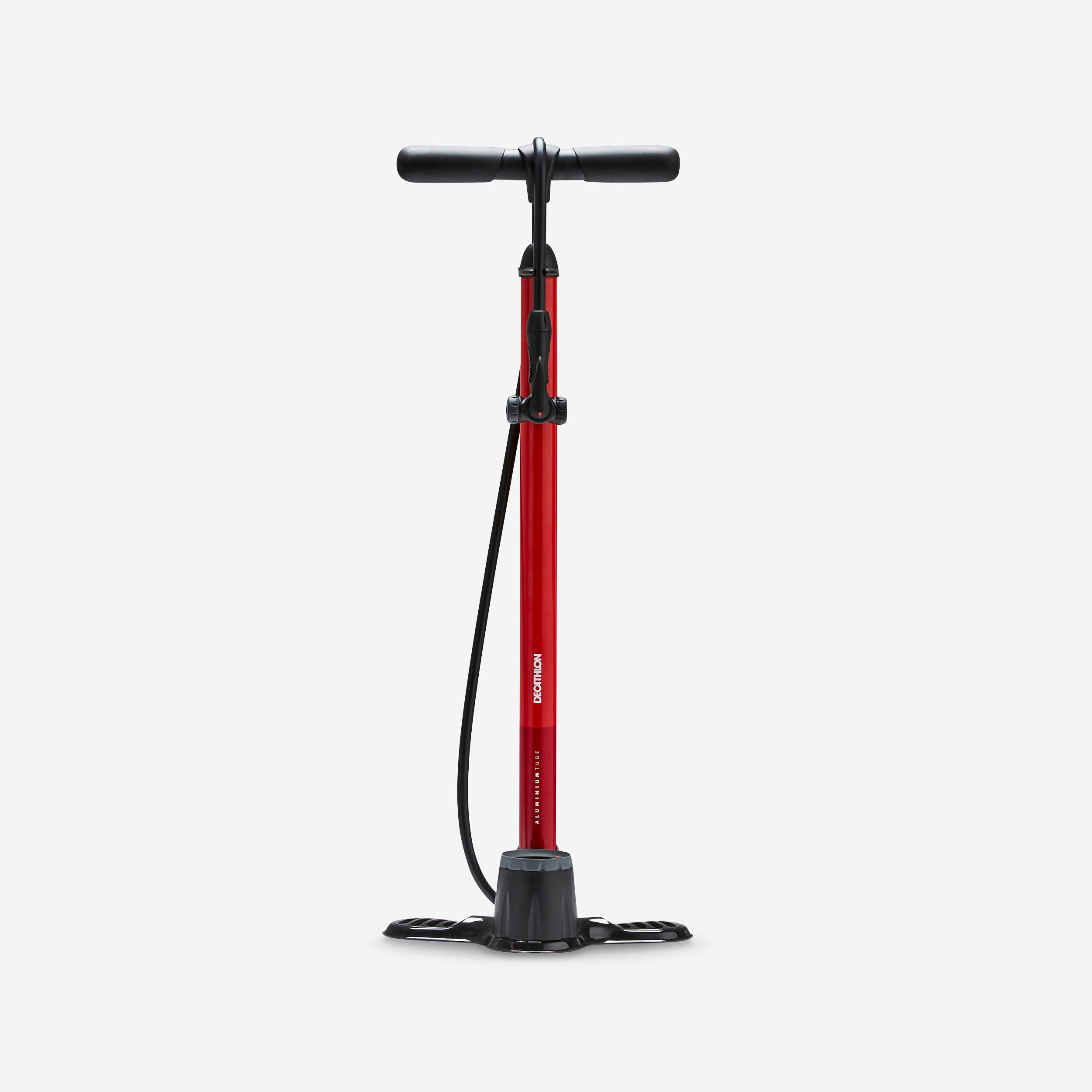
)
)
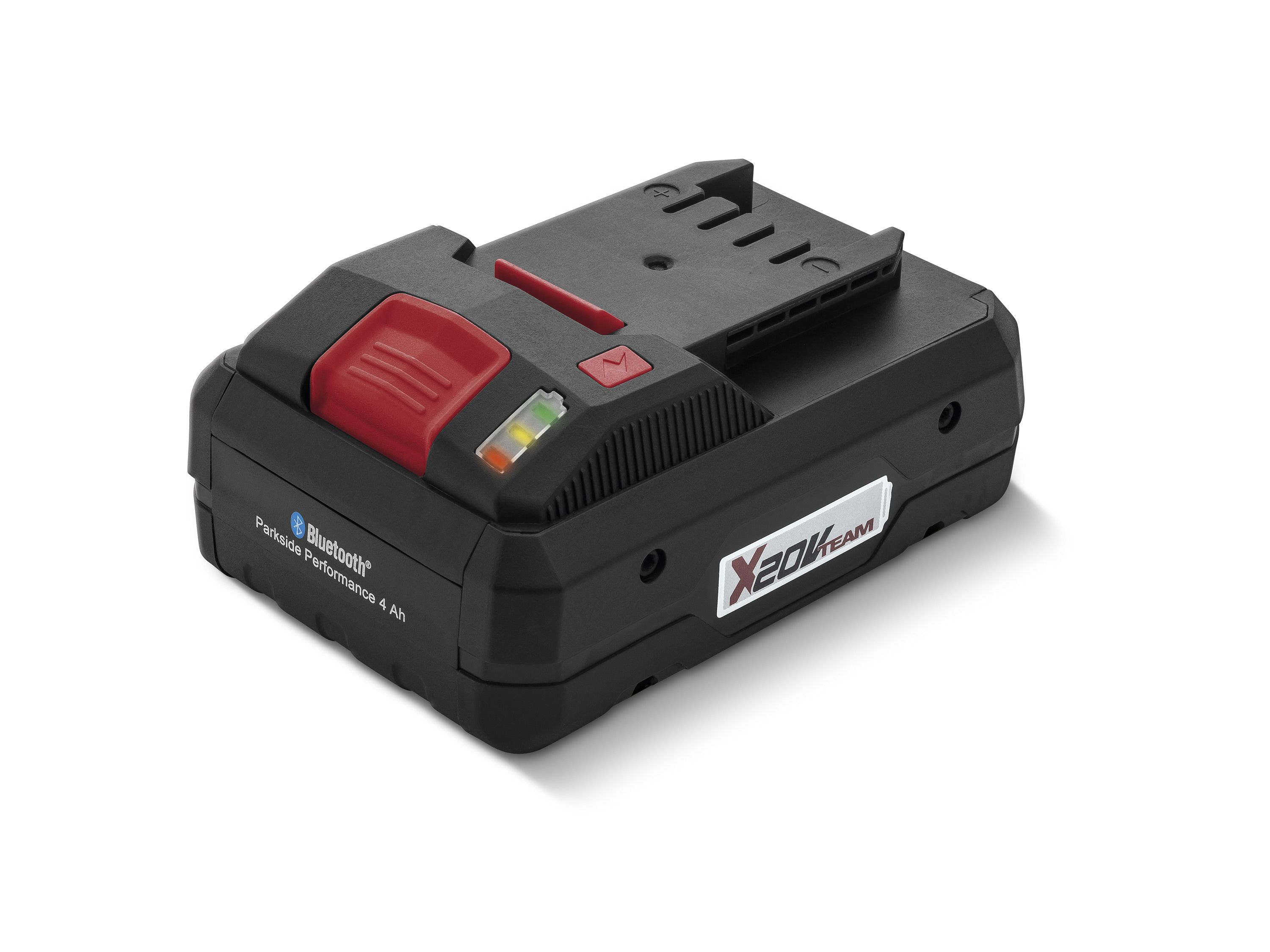
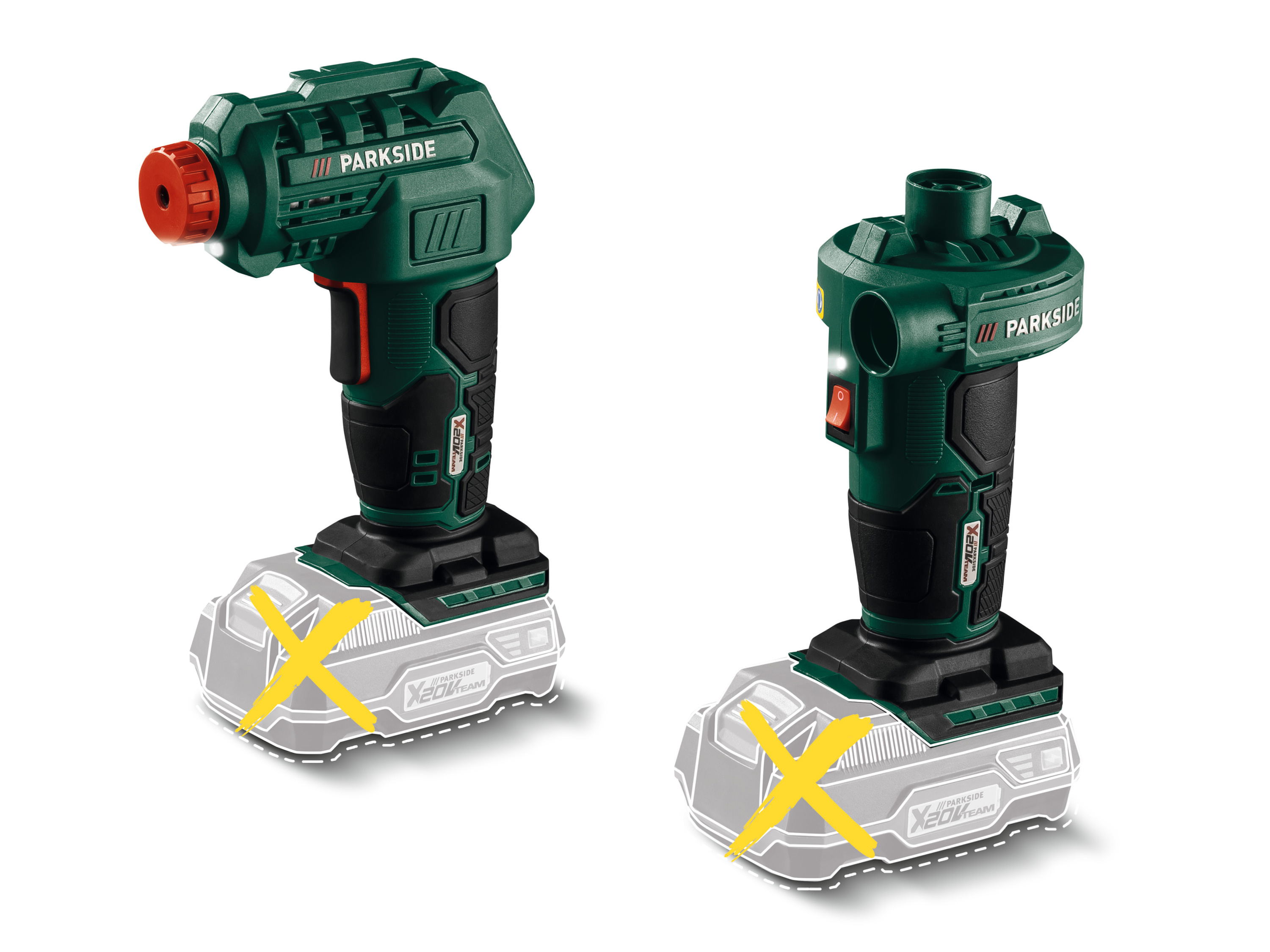
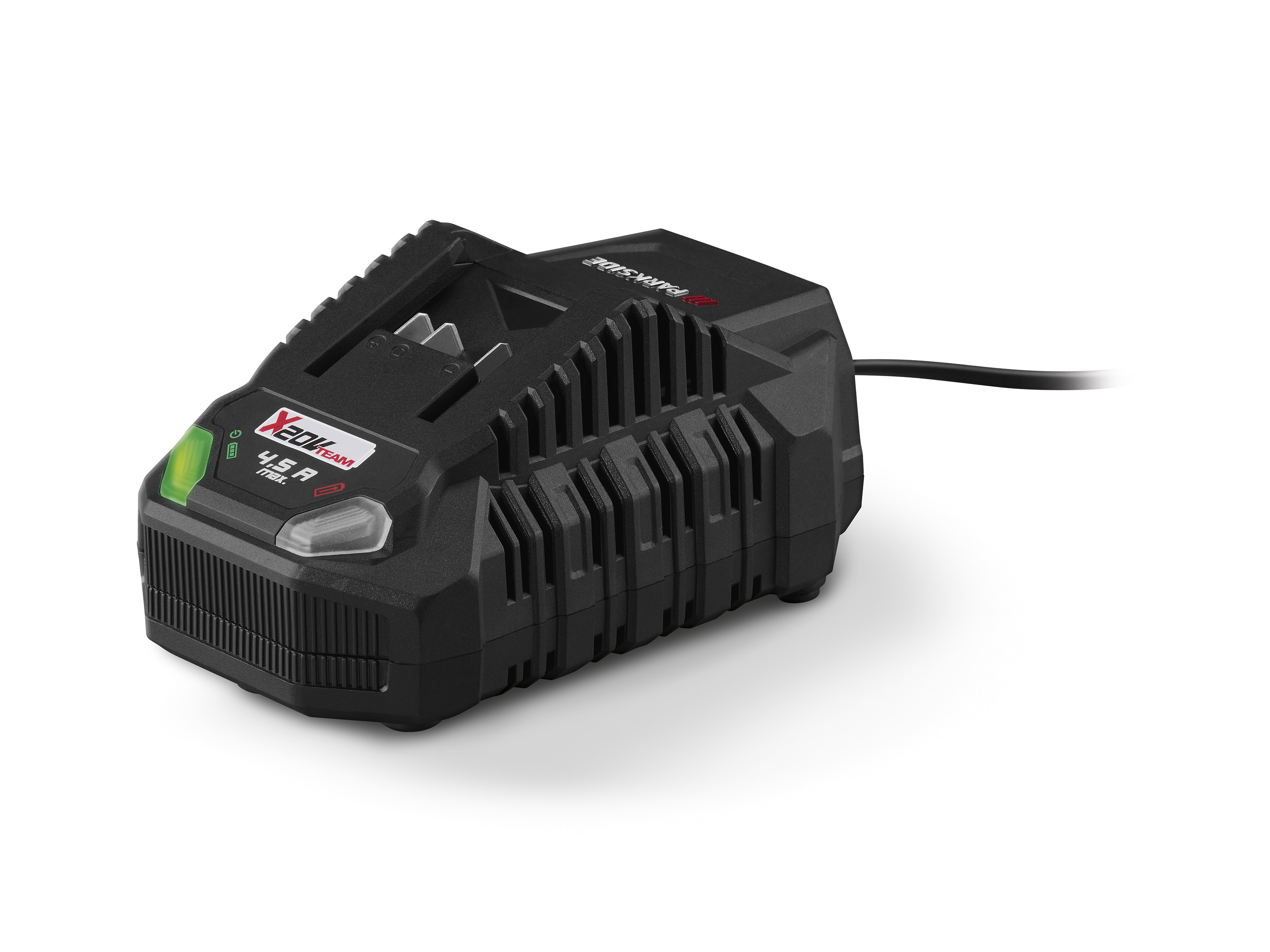
)
)
)
)

)
)
)
)
)
)
)
)
)
)
)
)
)
)
)
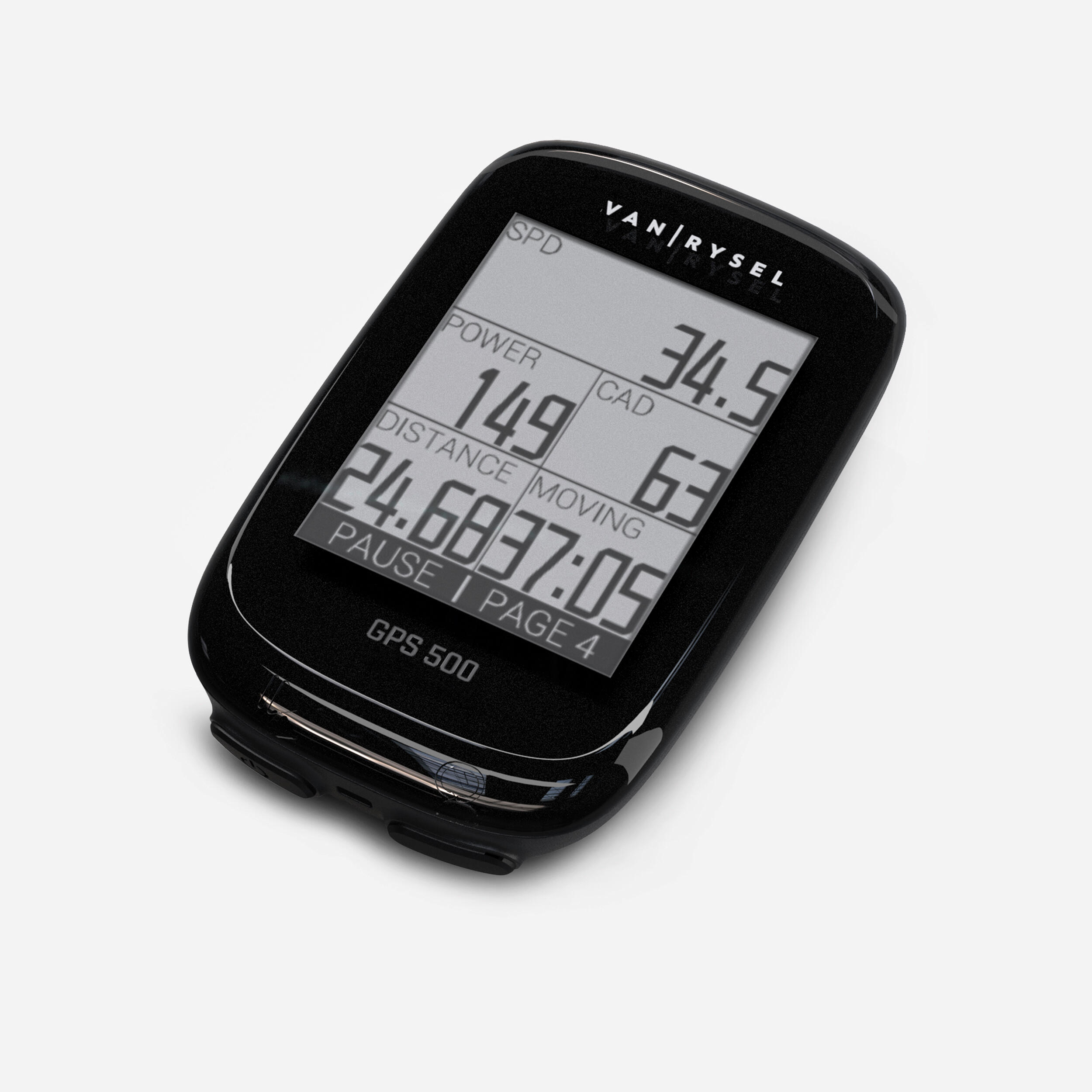
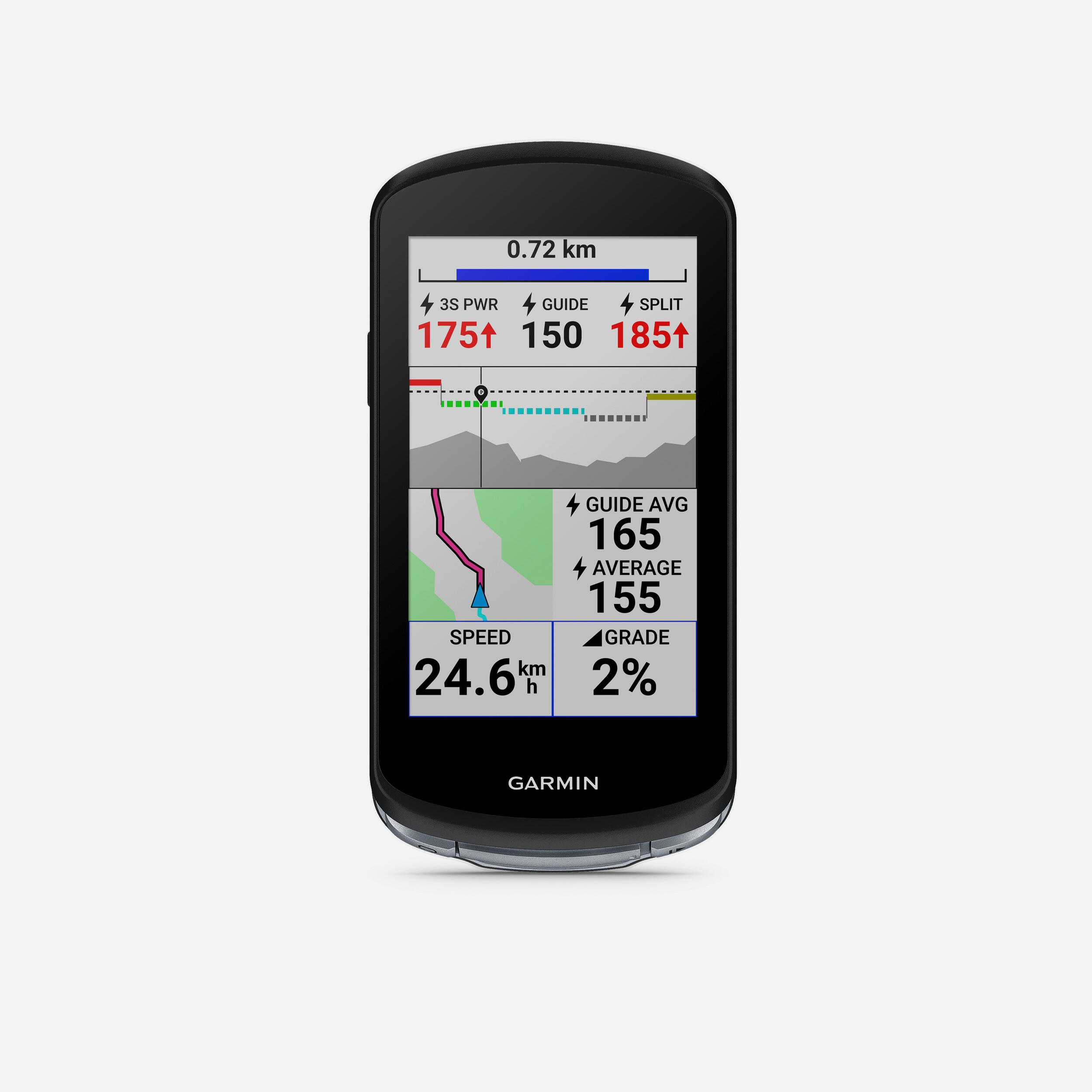



)
)
